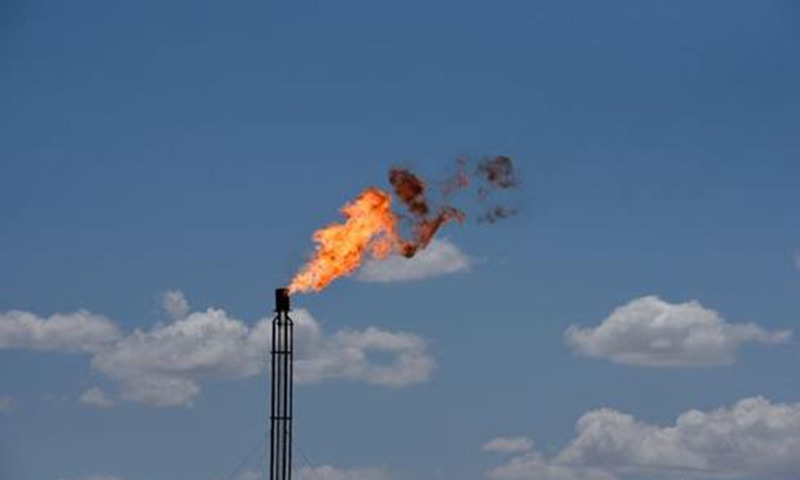ISLAMABAD: The Oil and Gas Regulatory Authority (Ogra) is divided over the specifications, standards and process for commercial consumption of flare gas in the transport sector (through CNG stations).
The regulator has adopted different positions at different times on the use of flare gas produced in the oil and gas fields that cannot be transported through pipelines due to quality or economic issues. The flaring of such gas quantities are discouraged globally because of environmental concerns.
Under international commitments, the government has introduced flare gas utilisation guidelines and it is being sold as compressed natural gas selectively at limited CNG stations.
The standard petroleum concession agreement with exploration and production companies calls for its commercial utilisation and disallows its burning. However, the policy allows flaring in exceptional cases until commercial arrangements are made available by the government or its designated company. It is thus separated at the wellhead from the crude oil or natural gas and burnt or shifted to bowsers for commercial consumption.
Rising number of CNG station owners seek use of flare gas in vehicles
Because of increasing gas shortages particularly for the CNG sector, an increasing number of CNG station owners are seeking permission to utilise flare gas in vehicles, raising safety concerns. As a result, the government is considering coming up with a policy decision on the use of flare gas.
In November last year, Ogra supported the utilisation of flare gas subject to separation of acidic components as per natural gas quality standards notified by it.
In December again it reported that “majority of the consumers of flare gas are CNG stations, as identified by the applicants seeking licence from Ogra for sale of flare gas”.
Ogra said the “Utilisation of Flare Gas Guidelines 2013 of the federal government do not restrict utilisation of flare gas in the CNG sector rather in accordance with clause F(1) and G, flare gas can be sold to third party at a negotiated price mutually agreed specifications and provided the lease holder shall ensure compliance of applicable HSE rules, policies and industry standard practices”.
In yet another subsequent letter to the government, Ogra pointed out that transportation of flare gas through bowsers after compression in the oil and gas fields was not covered under CNG rules and flare gas utilisation guidelines to CNG stations.
Ogra also noted that certain flare gas licencees in the CNG sector had been found supplying off-spec gas and were stopped from supplying such flare gas as no mechanism was available at some of these wellheads for sweetening and dehydration.
In such cases, the off-spec flare gas supply to CNG stations as well as CNG converted automobiles endangered the life and property of the general public as it resulted in the weakening of CNG cylinders and could lead to fatal accidents, it warned.
The regulatory authority opposed the Petroleum Division’s summary for use of flare gas in the CNG sector, saying the inconsistent quality and techno-legal constraints could pose serious threat to public life and safety.
In the matter of a couple of CNG stations in the federal cabinet, two out of three members of Ogra (vice chairman and member oil) noted with serious concern that the CNG station owners had used mobile gas travasi system to transfer flare gas from wellhead to the CNG station which was critical to public safety.
Member gas, however, contested the decision in his dissenting note, saying “the confusion on the issue of flare gas licences had developed as chronic disease by different functionaries of Ogra”. He noted that the total potential of flare gas conservation in the country was about 100 million cubic feet per day (MMCFD) as against 18 pending licence applications’ about 20mmcfd or about $110 million per year.
The member gas noted that “there is no bar or restriction on use of flare gas, inter alia, in the CNG stations, as long as” flare gas met pipeline specifications, compression system and travasi system/bowser requirements and CNG stations were certified by chief inspector explosives and third party inspectors. He reported that Ogra had discreetly changed its position from previous letters.
Published in Dawn, March 3rd, 2021














































